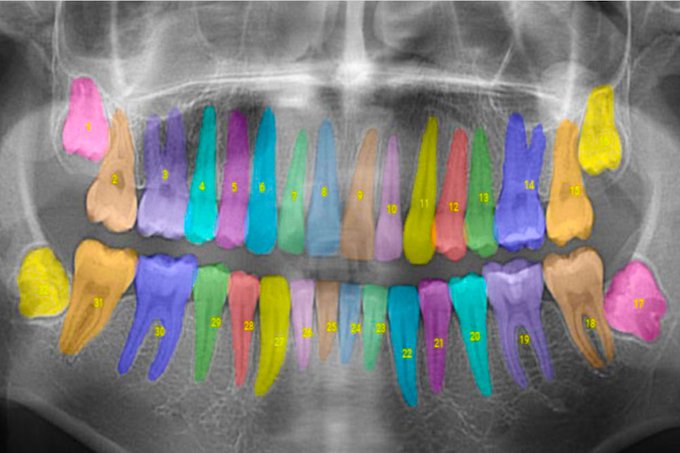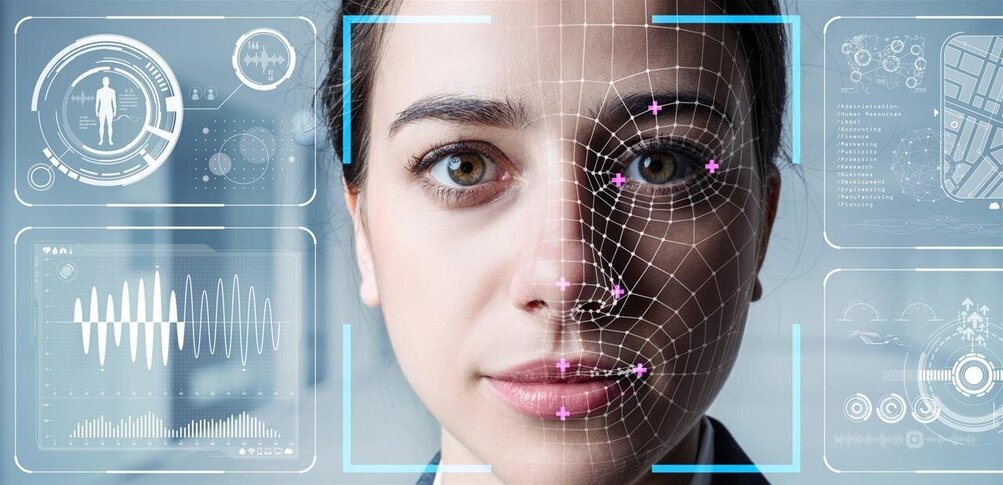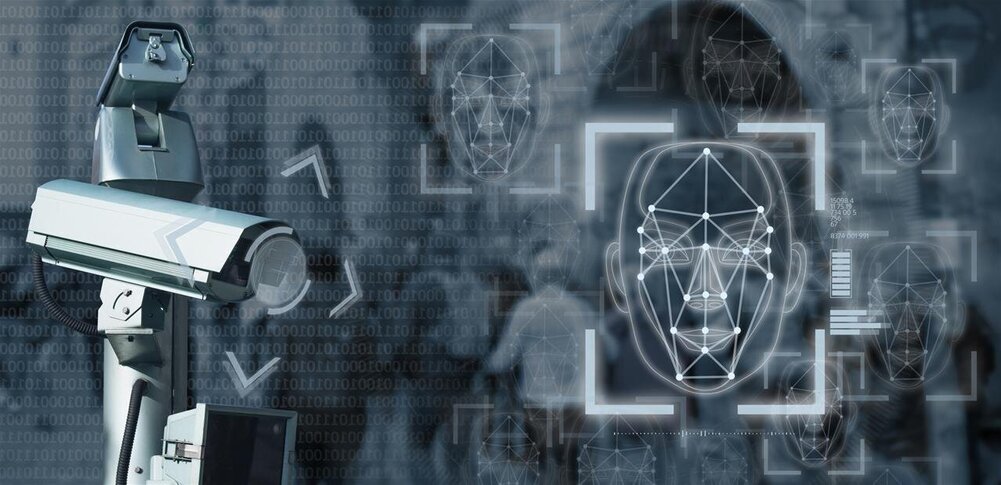When you picture a hospital radiologist, you might think of a specialist who sits in a dark room and spends hours poring over X-rays to make diagnoses. Contrast that with your dentist, who in addition to interpreting X-rays must also perform surgery, manage staff, communicate with patients, and run their business. When dentists analyze X-rays, they do so in bright rooms and on computers that aren’t specialized for radiology, often with the patient sitting right next to them.
Is it any wonder, then, that dentists given the same X-ray might propose different treatments?
“Dentists are doing a great job given all the things they have to deal with,” says Wardah Inam SM ’13, PhD ’16.
Inam is the co-founder of Overjet, a company using artificial intelligence to analyze and annotate X-rays for dentists and insurance providers. Overjet seeks to take the subjectivity out of X-ray interpretations to improve patient care.
“It’s about moving toward more precision medicine, where we have the right treatments at the right time,” says Inam, who co-founded the company with Alexander Jelicich ’13. “That’s where technology can help. Once we quantify the disease, we can make it very easy to recommend the right treatment.”
Mots-clés : cybersécurité, sécurité informatique, protection des données, menaces cybernétiques, veille cyber, analyse de vulnérabilités, sécurité des réseaux, cyberattaques, conformité RGPD, NIS2, DORA, PCIDSS, DEVSECOPS, eSANTE, intelligence artificielle, IA en cybersécurité, apprentissage automatique, deep learning, algorithmes de sécurité, détection des anomalies, systèmes intelligents, automatisation de la sécurité, IA pour la prévention des cyberattaques.






